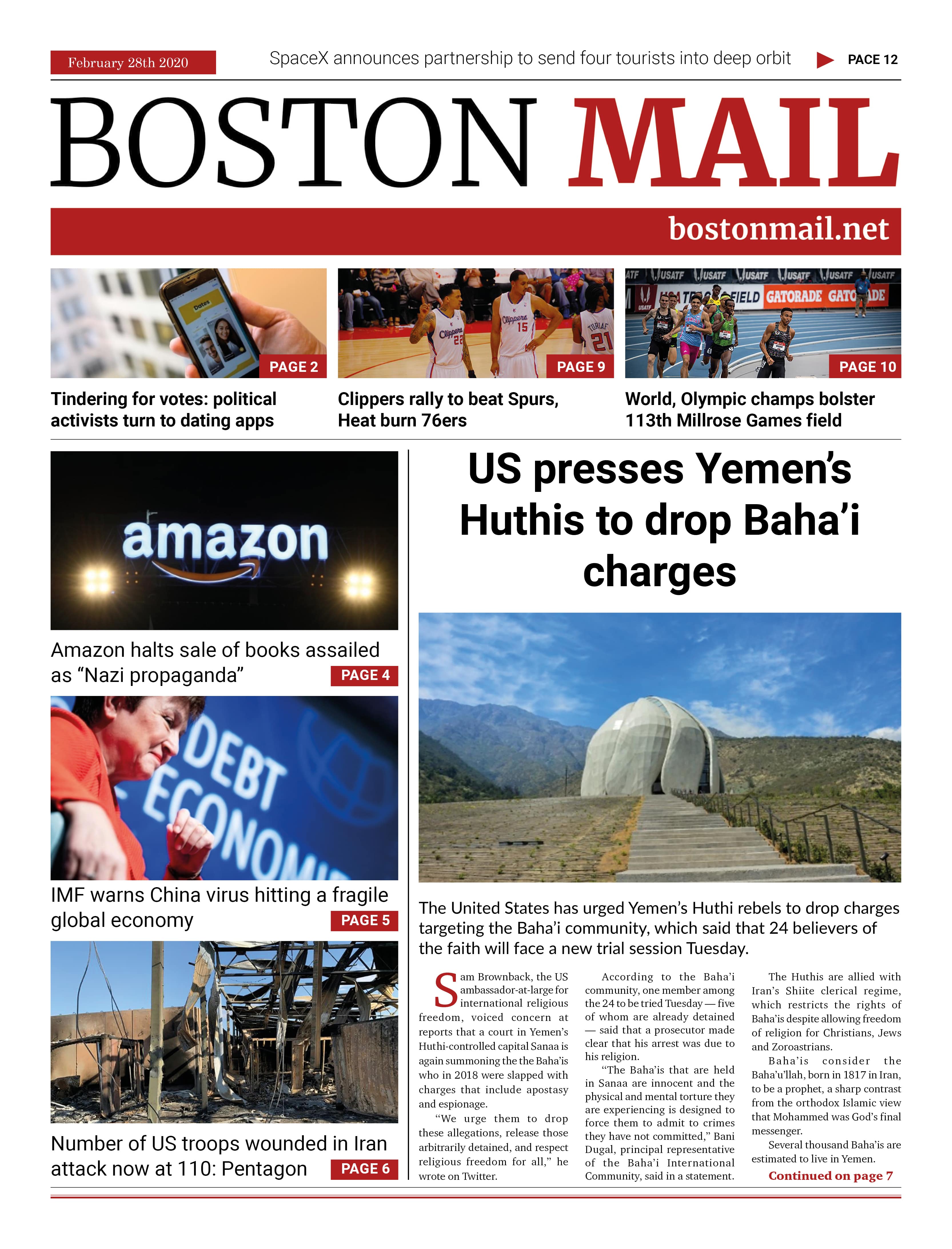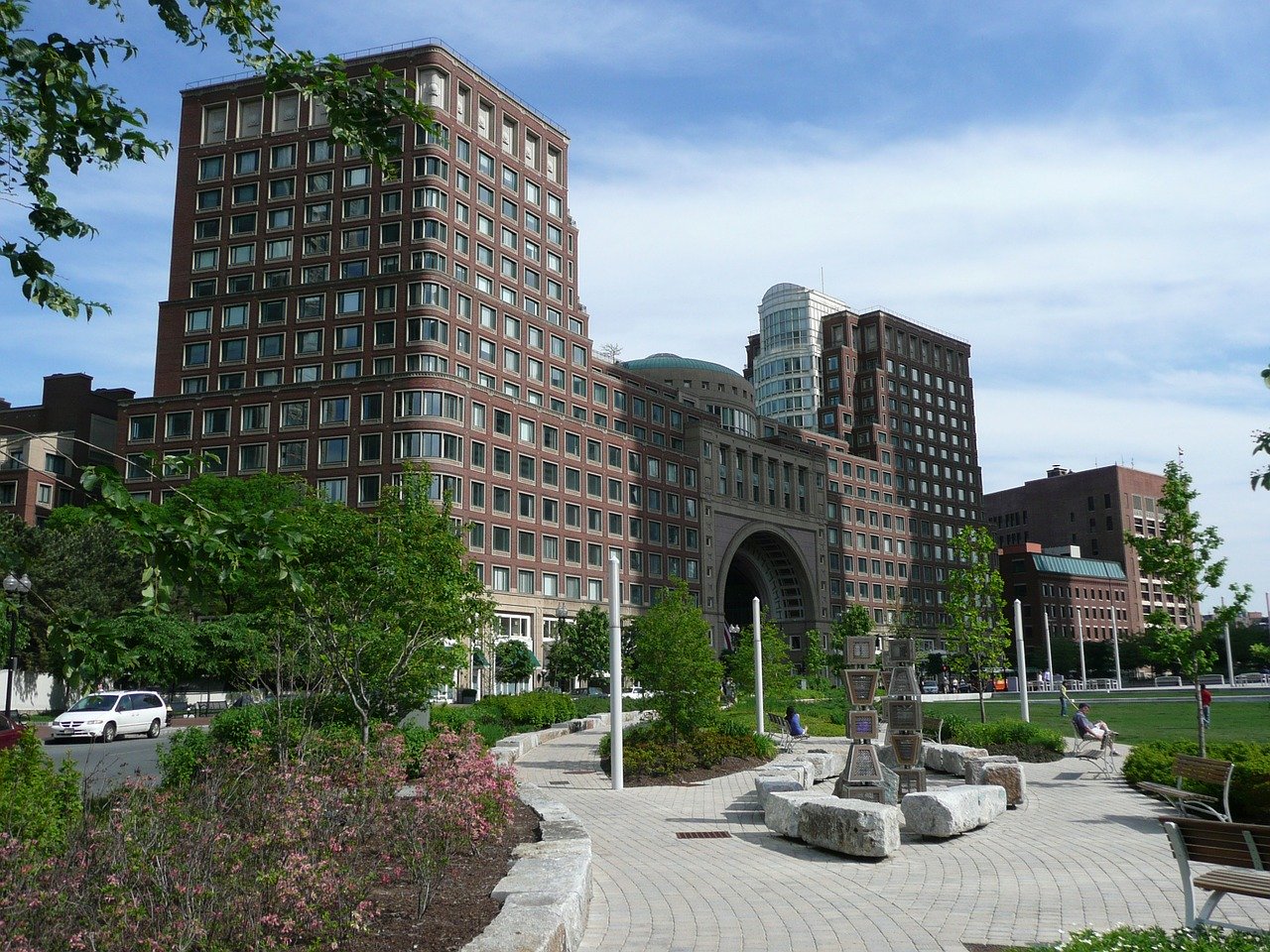
The impressive addition of 339,000 payroll jobs in May in the United States may appear to be a remarkable feat, nearly doubling the pre-pandemic average and indicating the resilience of key
sectors despite the Federal Reserve's aggressive interest rate hikes.
However, a closer look at the underlying details suggests that cracks may be forming in a labor market that has defied expectations during much of the recovery from the COVID-19 pandemic.
The unemployment rate saw a relatively significant increase of three-tenths of a percentage point, rising from 3.4% to 3.7%. Such a level of change, except during the onset of the pandemic, has not been seen in over a decade, during the slow recovery from the 2007-2009 recession.
The number of unemployed individuals surged by 440,000, marking the highest increase since November 2010.
Of particular concern is the disproportionate impact on Black workers, who accounted for nearly half of the rise in unemployment. Their unemployment rate climbed by nearly a full percentage point, from 4.7% to 5.6%, representing the largest jump in 11 years.
While the Biden administration has touted these numbers as a sign of continued employment strength, the increase in Black unemployment has raised concerns among critics of the Federal Reserve's policies, who worry it could be an early indication of a deteriorating job market. Historically, fast initial job losses among Black workers have been observed during U.S. downturns and recessions.
"It is only one month of data, and it can be easy to overreact, but certain red flags cannot be ignored," said Nick Bunker, head of economic research at the Indeed Hiring Lab. Additionally, the average number of weekly hours worked decreased to 34.3, falling below the average level recorded from 2017 to 2019. This is a traditional recession indicator and a potential signal that employers are now able to hire workers more readily, Bunker explained.
ADJUSTING TO POST-PANDEMIC REALITY
Wage gains also slowed down last month, indicating a less dynamic hiring environment.
Another aspect of the data suggested a shift in the labor market. According to the Bureau of Labor Statistics' separate labor flows series, the increase in the number of unemployed individuals was partly due to a decline in job finding. The number of unemployed people who secured a job in May fell below the average since the start of 2022, while the number of people who lost jobs and began searching for new opportunities increased, possibly indicating a willingness to stay in the labor market due to personal choice or necessity. This is in contrast to the pandemic years when workers seemed more inclined to move in and out of jobs and the job market more freely.
Despite the substantial job gains, the details of the report suggest that the labor market is "normalizing" after the disruptions caused by the pandemic. For instance, the decline in employment levels, as observed in the monthly household survey, was driven by a decrease in self-employment, which had surged during the pandemic alongside an unexpected rise in business starts. This increase may have reflected individuals exploring alternative options during the health crisis.
According to Rick Rieder, global bond chief at investment giant BlackRock, industries that still lag behind pre-pandemic employment levels, such as leisure and hospitality, or those facing significant labor shortages, like health and education, may continue to drive monthly job gains even as other segments of the job market slow down. Photo by Phil Whitehouse, Wikimedia commons.











































